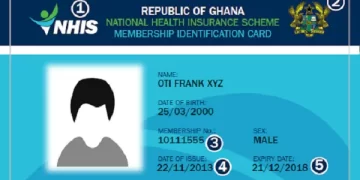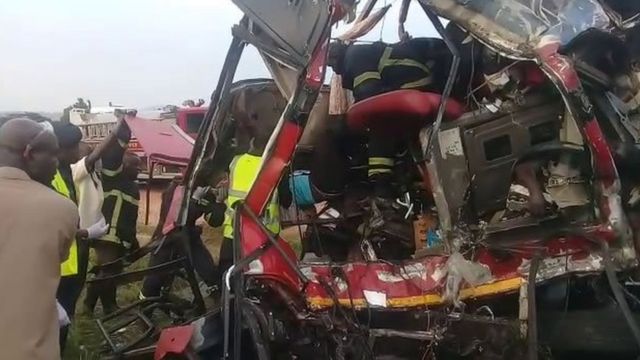Road crashes remain one of Ghana’s most persistent public safety challenges, claiming thousands of lives and leaving families devastated each year.
The Central Region, once considered relatively safe compared to urban centers, is now emerging as one of the country’s most dangerous hotspots for road accidents.
Latest figures from the National Road Safety Authority (NRSA) reveal a disturbing trend. In the first half of 2025 alone, Ghana recorded 7,289 crashes, resulting in 1,504 deaths, 8,300 injuries, and 1,301 pedestrian knockdowns.
This comes against the backdrop of steadily rising fatalities nationwide from 2,276 deaths in 2023 to 2,494 in 2024.
Central Region’s Troubling Statistics
The Central Region’s numbers paint a more alarming picture. Between January and June 2025, the region recorded 559 reported crashes, compared to 482 during the same period in 2024, constituting a 15.98 percent increase. Vehicle involvement also rose by 14.38 percent, from 786 to 899.
Even more alarming is the sharp rise in fatalities where 155 people lost their lives in 2025, compared to 82 deaths in 2024, representing nearly a 90 percent increase.
Injuries also climbed from 781 to 877, while pedestrian knockdowns surged from 126 to 160.
“These figures are not just numbers; they represent human lives, families torn apart, and communities in mourning,” said Nana Kwame Osei Tenkorang, Assistant Planning Manager and Public Relations Officer of the NRSA in the Central Region.
Causes Behind the Crashes
According to Mr. Tenkorang, reckless human behavior remains the leading cause of accidents. Speeding tops the list, with drivers often exceeding legal limits and failing to slow down in towns, markets, and hospital zones where speeds should drop to 30–50 km/h.
Drunk driving has also become a major concern. Some drivers, he noted, even resort to alcohol or snuff under the false belief that it keeps them alert.
Fatigue and distracted driving, especially the use of mobile phones, further contribute to crashes, particularly during festive periods such as the Oguaa Fetu Afahye.
Although reckless driving is the leading cause of crashes, poor road infrastructure also plays a major role. Mr. Tenkorang pointed to deteriorating stretches such as the Kasoa–Winneba, Cape Coast–Takoradi, and Mankessim corridors, where faded signage and pothole-ridden roads further heighten the danger.
Pedestrian negligence is another contributor. Many continue to cross at unsafe points or ignore basic road safety practices, even at zebra crossings.
“Even at a zebra crossing, you must still look left, right, and left again before crossing. Yet many ignore this, putting their lives at risk,” he warned.
The Human Cost
Behind the worrying statistics are heartbreaking realities: schoolchildren who never make it home, breadwinners lost in their prime, and families left with hospital bills and long-term disabilities. Road crashes, experts say, are not only a public health crisis but also a growing socio-economic burden.
A Call for Collective Action
Mr. Tenkorang stressed that reversing the trend will require collective responsibility. Drivers must observe speed limits, avoid alcohol and drugs, and take adequate rest. Pedestrians must use designated crossings and remain vigilant, while government authorities must fast-track road repairs, improve signage, and enforce laws more stringently.
“My message is simple,” he said. “Obey the speed limits, respect traffic rules, avoid distractions, and never drink and drive. Road safety is everyone’s responsibility.”
Not Just Accidents, But Preventable Tragedies
Road crashes are often described as “accidents,” but safety experts argue they are preventable tragedies. The Central Region’s surge in fatalities is a wake-up call for all Ghanaians.
Without urgent and coordinated action, thousands more lives may be lost in the coming years.
Read More @ ATLFMNEWS.COM
By Kwesi Apori, MPhil Communication Studies, University of Cape Coast/ATLFMNEWS


























